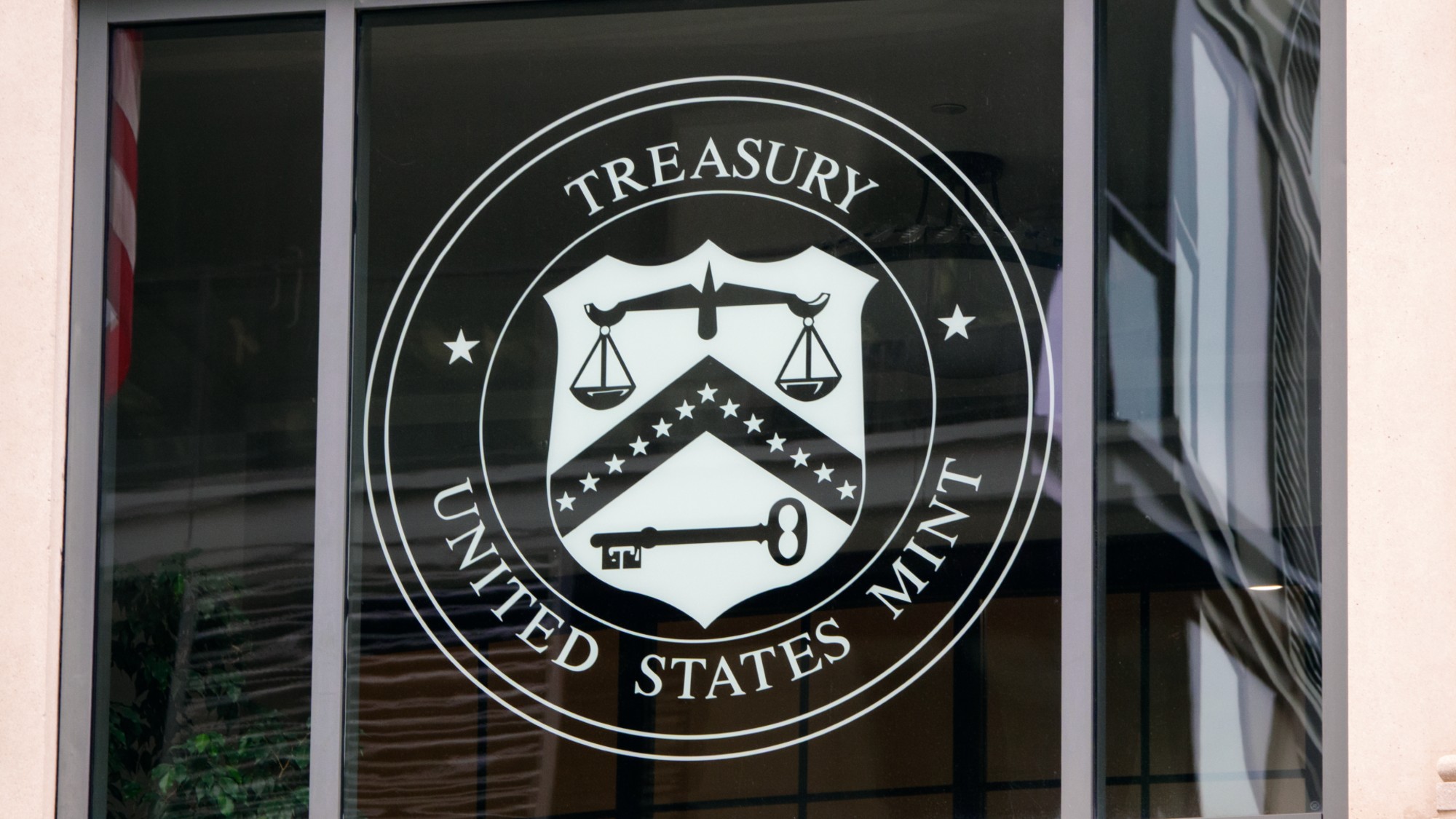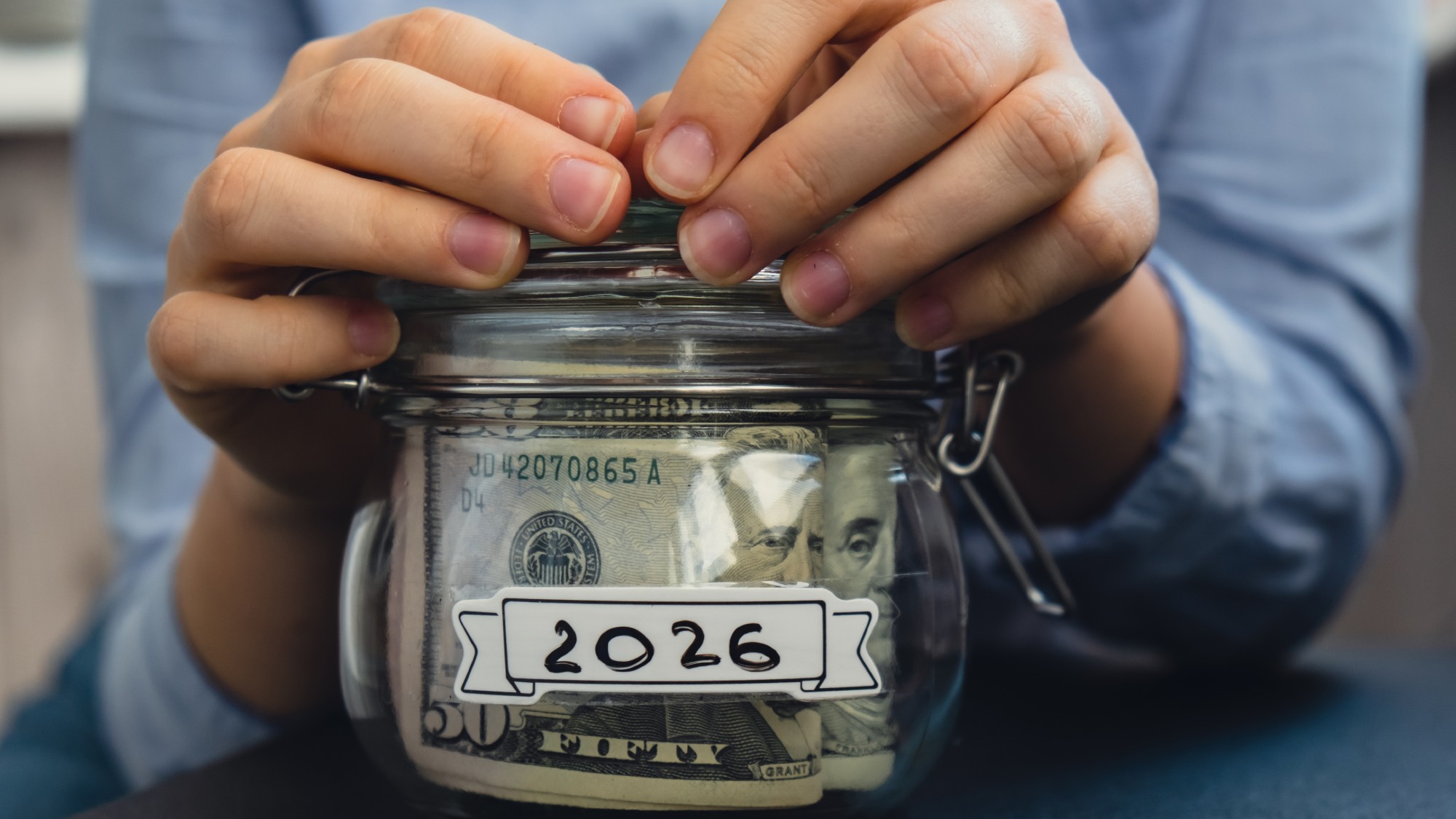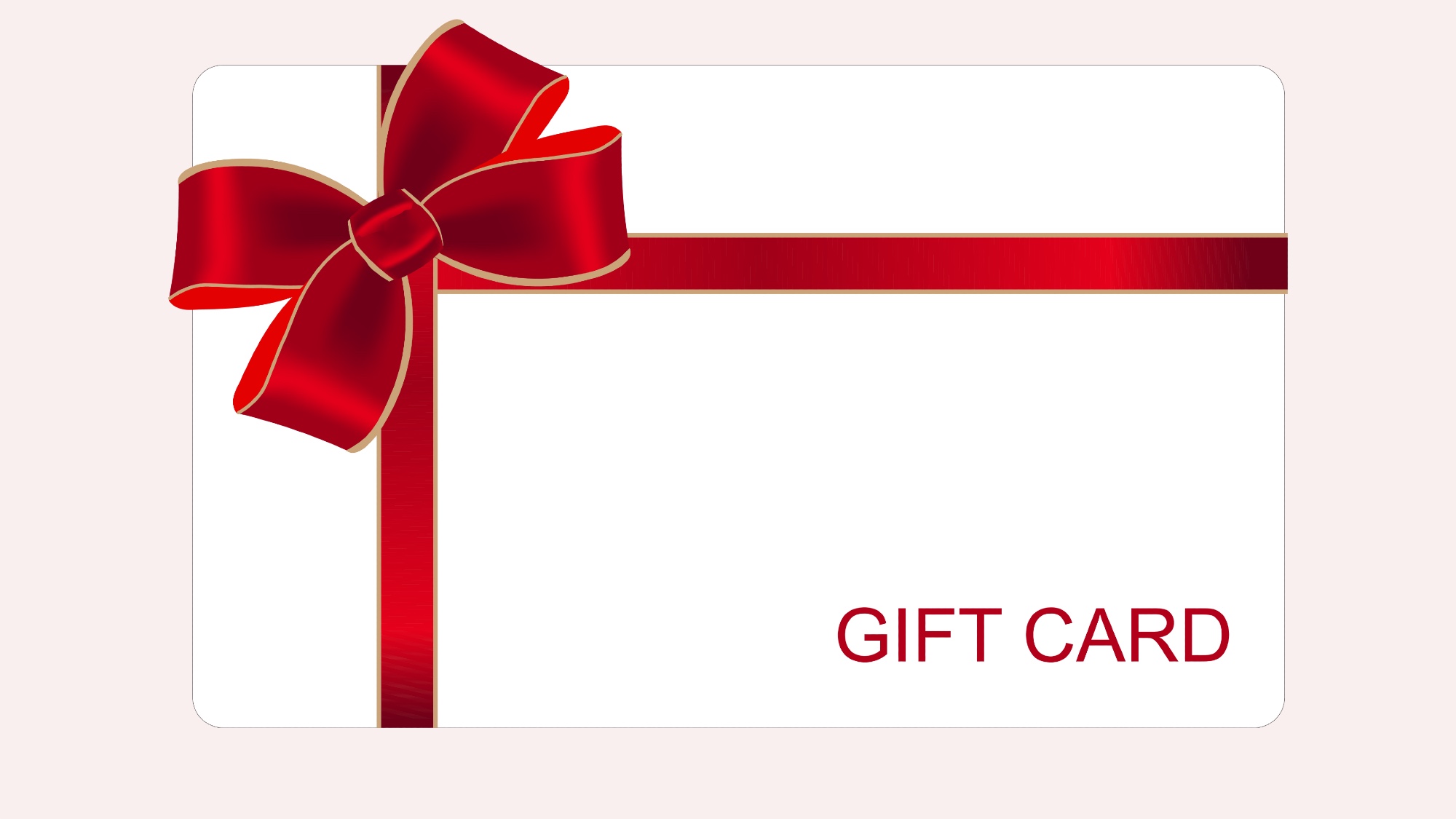How to avoid check fraud this holiday season
A record number of suspicious activity reports tied to check fraud this year has put banks on high alert


If you're thinking about writing a check this holiday season, you may want to think again. While a convenient way to make a financial gift to a loved one, paper checks are also increasingly vulnerable to fraud. According to The New York Times, "banks and credit unions are expected to file nearly 540,000 suspicious activity reports tied to check fraud this year, a record, according to a Thomson Reuters analysis of data from FinCEN."
All of this suspicious activity has understandably put banks on high alert. This can mean that even if you're lucky enough to dodge the scammers, you may face difficulties such as a frozen or potentially shut down account as your bank works to suss out what's legitimate from what's fraudulent.
How does check fraud work?
There are a number of different types of check fraud, and they extend beyond just writing a bad check. Per U.S. Bank, "one of the most common tactics driving this rise in check fraud is mail theft." Once a fraudster swipes a check — whether from the mail or otherwise — they can commit check fraud in the following ways:
The Week
Escape your echo chamber. Get the facts behind the news, plus analysis from multiple perspectives.

Sign up for The Week's Free Newsletters
From our morning news briefing to a weekly Good News Newsletter, get the best of The Week delivered directly to your inbox.
From our morning news briefing to a weekly Good News Newsletter, get the best of The Week delivered directly to your inbox.
- By changing the information on a check. Per U.S. Bank, a fraudster can use "common household chemicals to change the printed dollar amount and payee name on a check," a tactic also known as "check washing."
- By leveraging the information on a check to steal your identity. Checks contain a lot of information, and fraudsters can use that to their advantage. According to AARP, "bad actors can get enough information to open another bank account in your name," which they can then use to make ACH transfers from your bank account.
- By using a check's information to create more checks. As U.S. Bank explained, "by using the information on the stolen check, fraudsters may further exploit the victim's account information by creating additional counterfeit copies of the check."
How can you more safely use checks?
While the best way to avoid check fraud is to simply not write a paper check, there are some instances where you'll need to use one. In those cases, here are some tips to keep in mind to stay safe:
- Keep the number of checks you write to a minimum. "The simplest way to protect yourself is to keep the number of checks you write to a minimum," David Maimon, a professor at Georgia State University and the director of its Evidence-Based Cybersecurity Research Group, told The Wall Street Journal.
- Only send checks to people you know. According to Alicia Valentine, assistant vice president and cash-management officer at Florence Bank, "mailing a check to friends and family is usually safer than sending one to a stranger," the Journal reported.
- Use a gel ink pen to write checks. Per the Journal, "fraud specialists recommend opting for blue or black gel-ink pens and spelling everything out — from the name or title of the recipient to the dollar amount." Gel ink pens are superior to other types of pens due to their "chemical composition," which is "a little thicker than that used in a regular ballpoint pen, is permanent, and harder to remove," explained the Journal.
- Send checks from secure mailboxes. If you need to mail a check, don't do so from your house or a curbside USPS mailbox. Instead, "use the mailbox inside of a USPS facility," advised U.S. Bank.
- Keep frequent tabs on your bank account. "Get online regularly to scan your transactions for suspicious activity," recommended AARP, and also "make sure the amount that the check was cashed for matches the amount you wrote on it." You might also "turn on notifications for when withdrawals are made from your account so that you can be alerted via email or text every time that happens," suggested the Journal. If you see anything suspicious, report it immediately.
What are some safer alternatives to paper checks?
Feeling wary about paper checks but unsure of what to use instead? Here are some safer alternatives:
A free daily email with the biggest news stories of the day – and the best features from TheWeek.com
- Cash transfer apps, such as Zelle, PayPal, or Venmo
- Your bank or credit union's online bill pay service
- A credit card
- Over-the-phone payment
Becca Stanek has worked as an editor and writer in the personal finance space since 2017. She previously served as a deputy editor and later a managing editor overseeing investing and savings content at LendingTree and as an editor at the financial startup SmartAsset, where she focused on retirement- and financial-adviser-related content. Before that, Becca was a staff writer at The Week, primarily contributing to Speed Reads.
-
 The Mint’s 250th anniversary coins face a whitewashing controversy
The Mint’s 250th anniversary coins face a whitewashing controversyThe Explainer The designs omitted several notable moments for civil rights and women’s rights
-
 ‘If regulators nix the rail merger, supply chain inefficiency will persist’
‘If regulators nix the rail merger, supply chain inefficiency will persist’Instant Opinion Opinion, comment and editorials of the day
-
 Trump HHS slashes advised child vaccinations
Trump HHS slashes advised child vaccinationsSpeed Read In a widely condemned move, the CDC will now recommend that children get vaccinated against 11 communicable diseases, not 17
-
 Why it’s important to shop around for a mortgage and what to look for
Why it’s important to shop around for a mortgage and what to look forThe Explainer You can save big by comparing different mortgage offers
-
 4 ways to save on rising health care costs
4 ways to save on rising health care costsThe Explainer Health care expenses are part of an overall increase in the cost of living for Americans
-
 How to financially prepare for divorce
How to financially prepare for divorceThe Explainer Facing ‘irreconcilable differences’ does not have to be financially devastating
-
 4 ways to streamline your financial life in 2026
4 ways to streamline your financial life in 2026the explainer Time- and money-saving steps
-
 4 tips to safeguard your accounts against data breaches
4 tips to safeguard your accounts against data breachesThe Explainer Even once you have been victimized, there are steps you can take to minimize the damage
-
 Received a windfall? Here is what to do next.
Received a windfall? Here is what to do next.The Explainer Avoid falling prey to ‘Sudden Wealth Syndrome’
-
 How to save more for retirement next year
How to save more for retirement next yearthe explainer Secure yourself a suitable nest egg
-
 Received a gift card this holiday season? Here’s how to maximize it.
Received a gift card this holiday season? Here’s how to maximize it.The Explainer Make the most of your present
